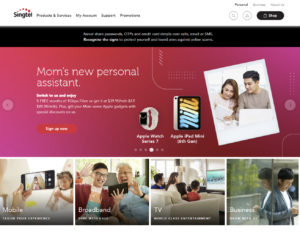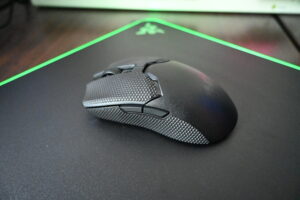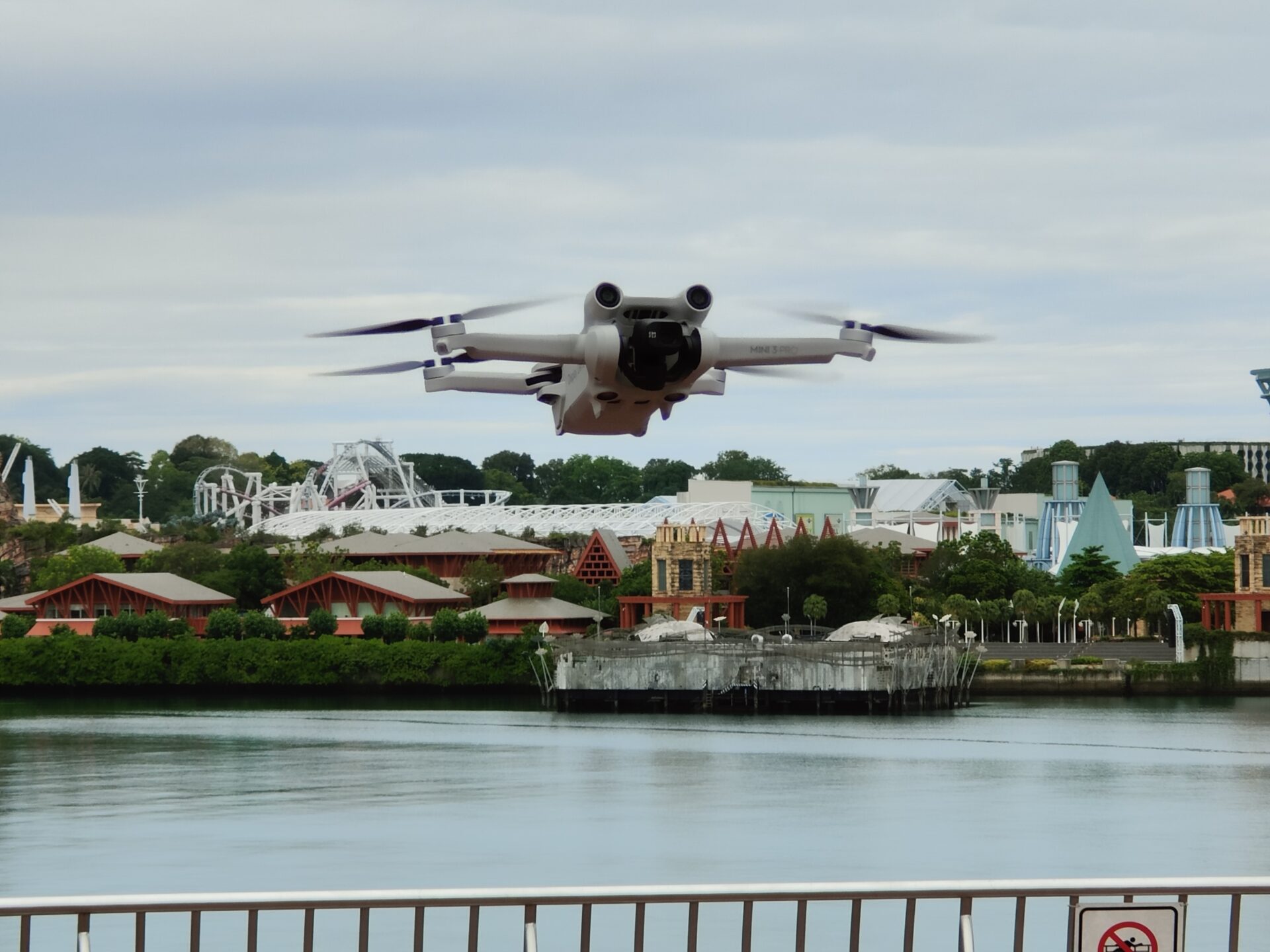
DJI has just launched the Mini 3 Pro, its latest consumer and pocket-friendly drone for enthusiasts.
The new drone comes with a new look that takes its design cues from the pro-level Mavic 3. The latest drone’s propellers are now angled forward more to combat strong winds in the air, an essential feature for the sub-250g drone.
What’s also new are the six sensors on the new drone that prevent it from crashing into obstacles in front, back and bottom, though not the sides, so users still have to take care when flying sideways.
The camera can also rotate to shoot in portrait orientation, which will be perfect for content creators who want to share photos and videos on TikTok, Instagram or Facebook. Having the gimbal point towards the sky helps when stitching 360-degree sphere images.
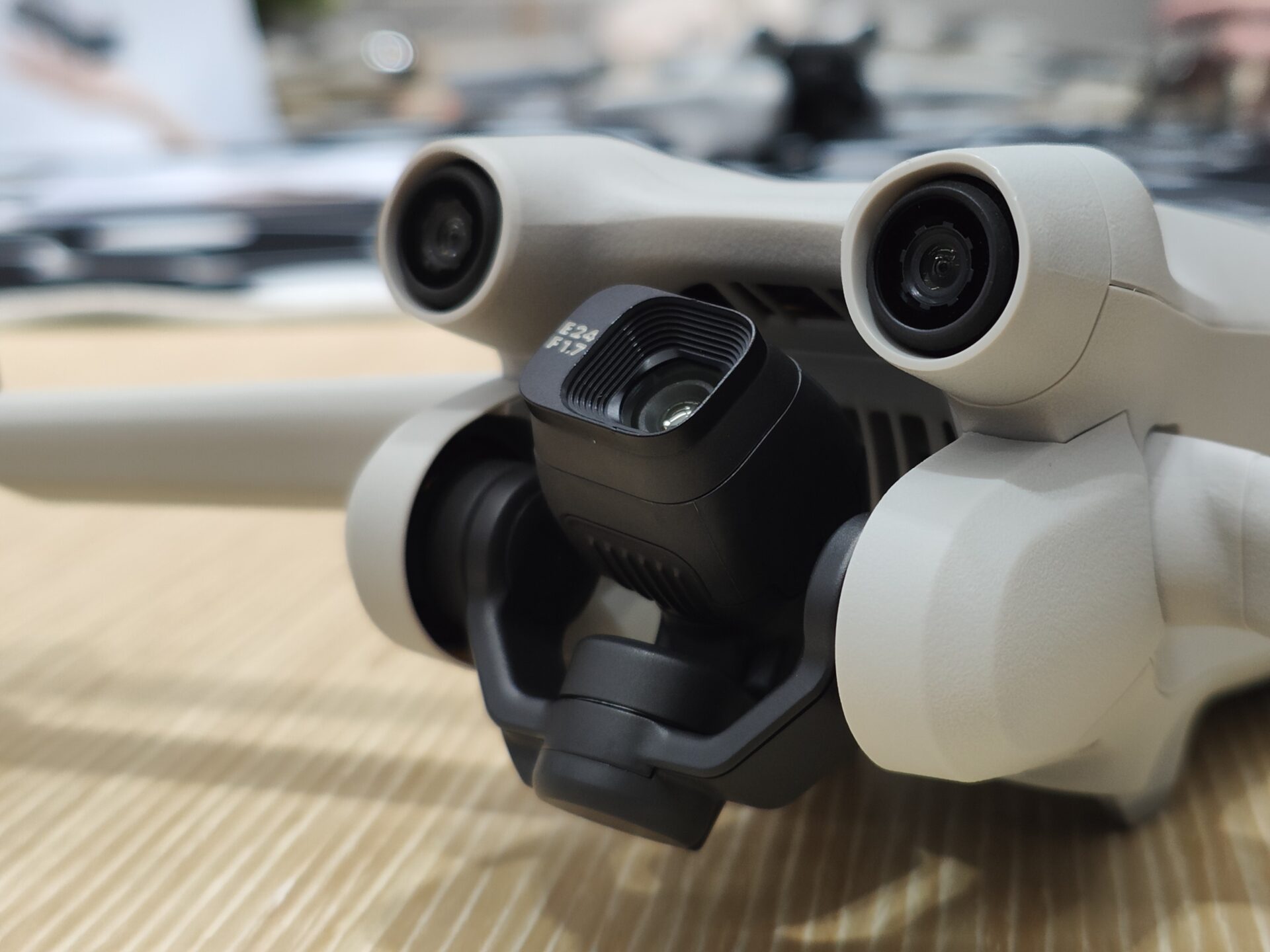
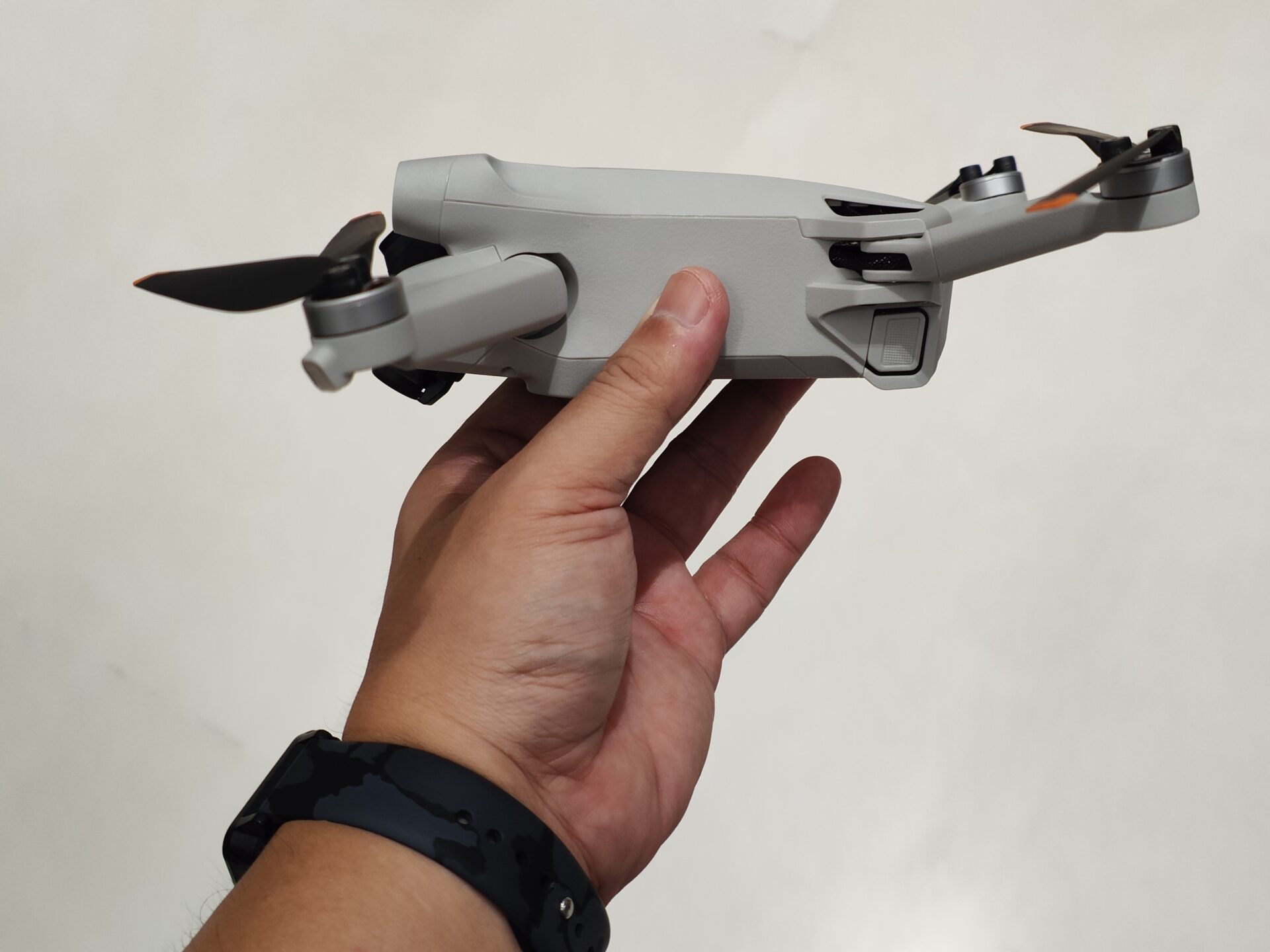
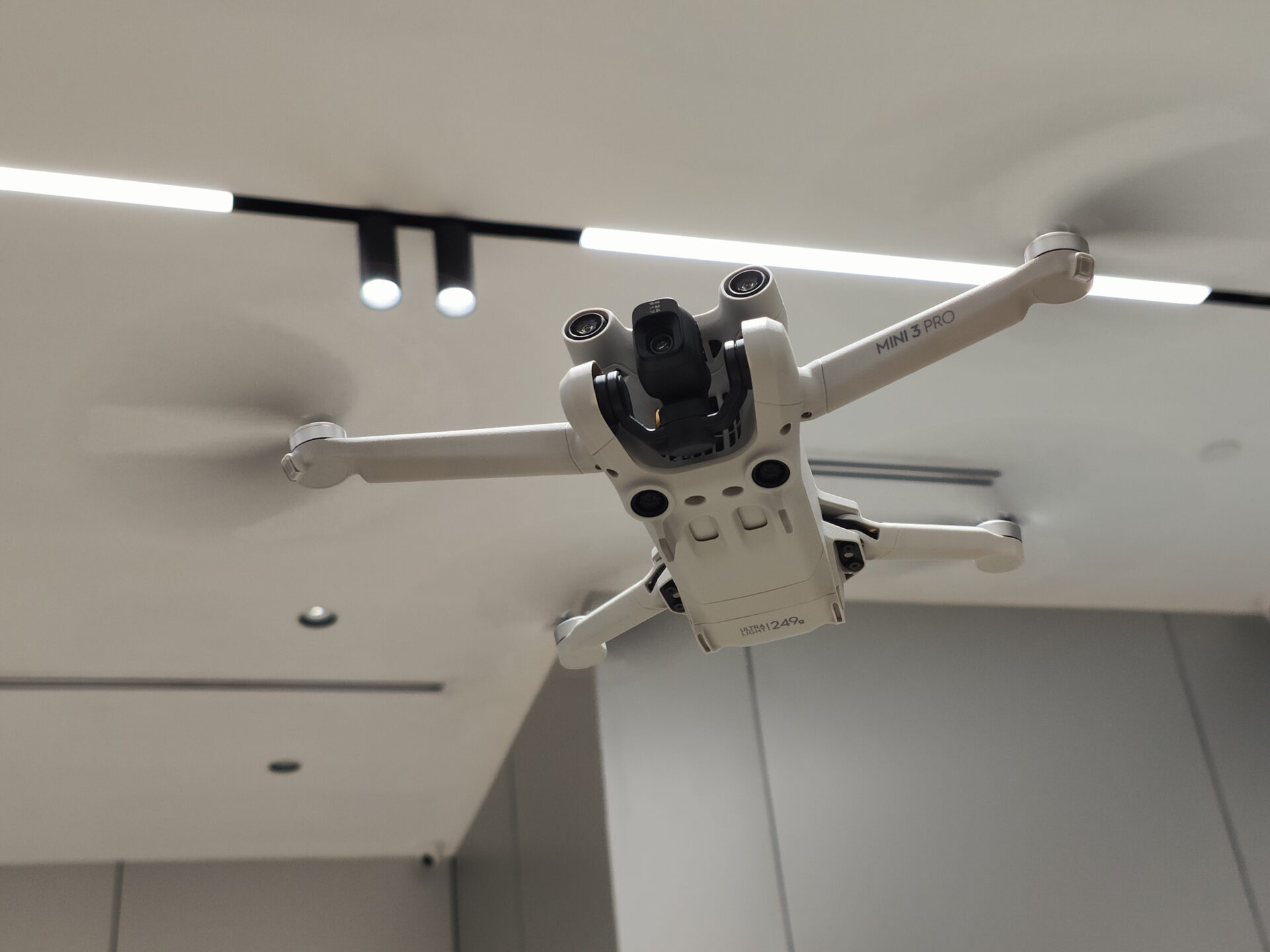
The camera system has been upgraded to a 1/1.3-inch 48-megapixel CMOS sensor with dual native ISO matched with a f1.7 lens. The new sensor promises to perform better in low-light conditions and is a huge step up from the Mini 2’s 1/2.3-inch 12-megapixel sensor.
Unlike the Mini 2, the Mini 3 Pro can now follow and track a subject. Take note that videos shot at higher frame rates of 48 fps and above will disengage the obstacle avoidance system.
There is now an option to purchase the drone with the new RC remote controller that comes with its own 5.5-inch screen. This means I can now keep my smartphone in the bag. Plus, no more distractions from messages or calls while flying the drone.
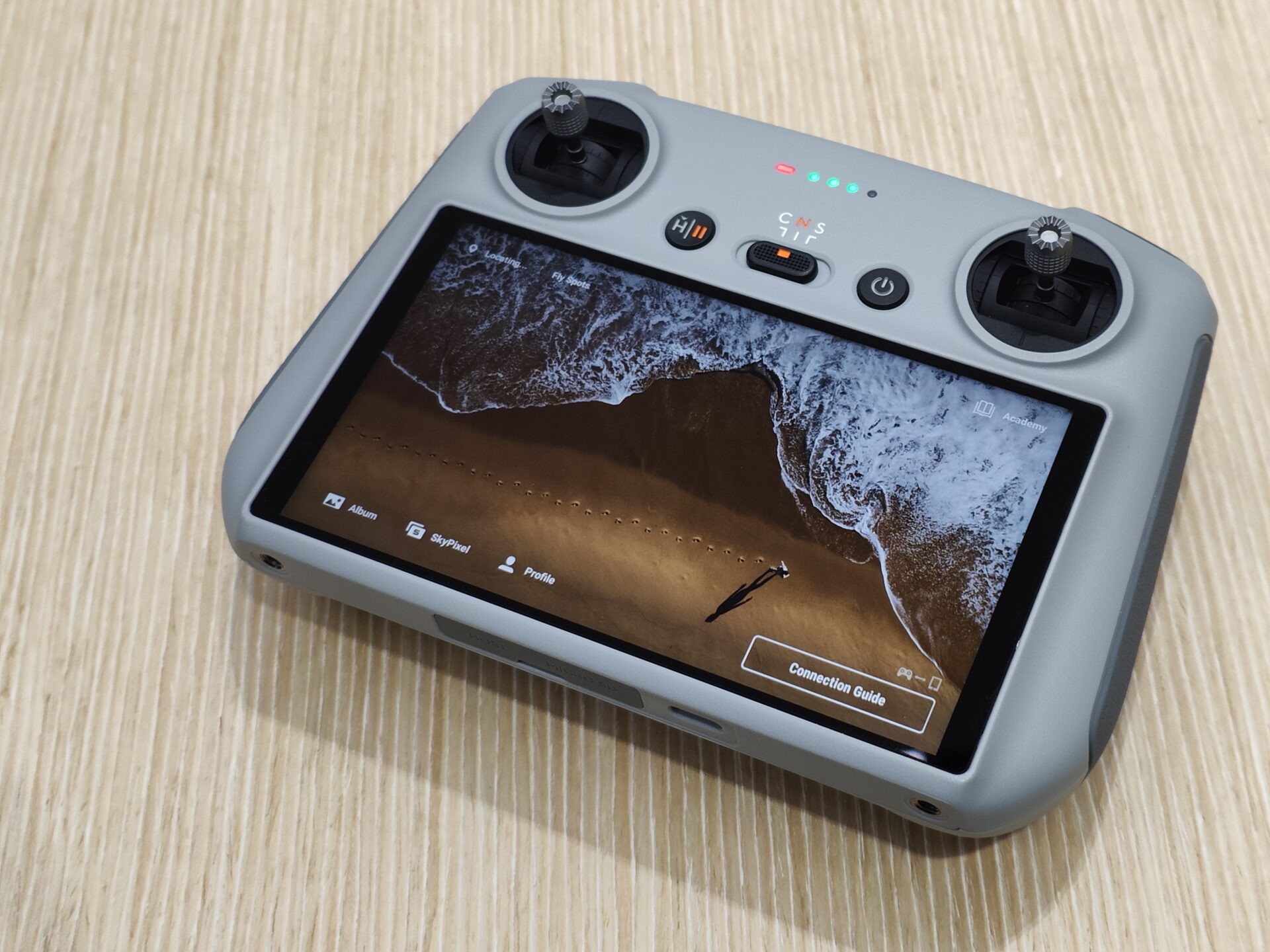
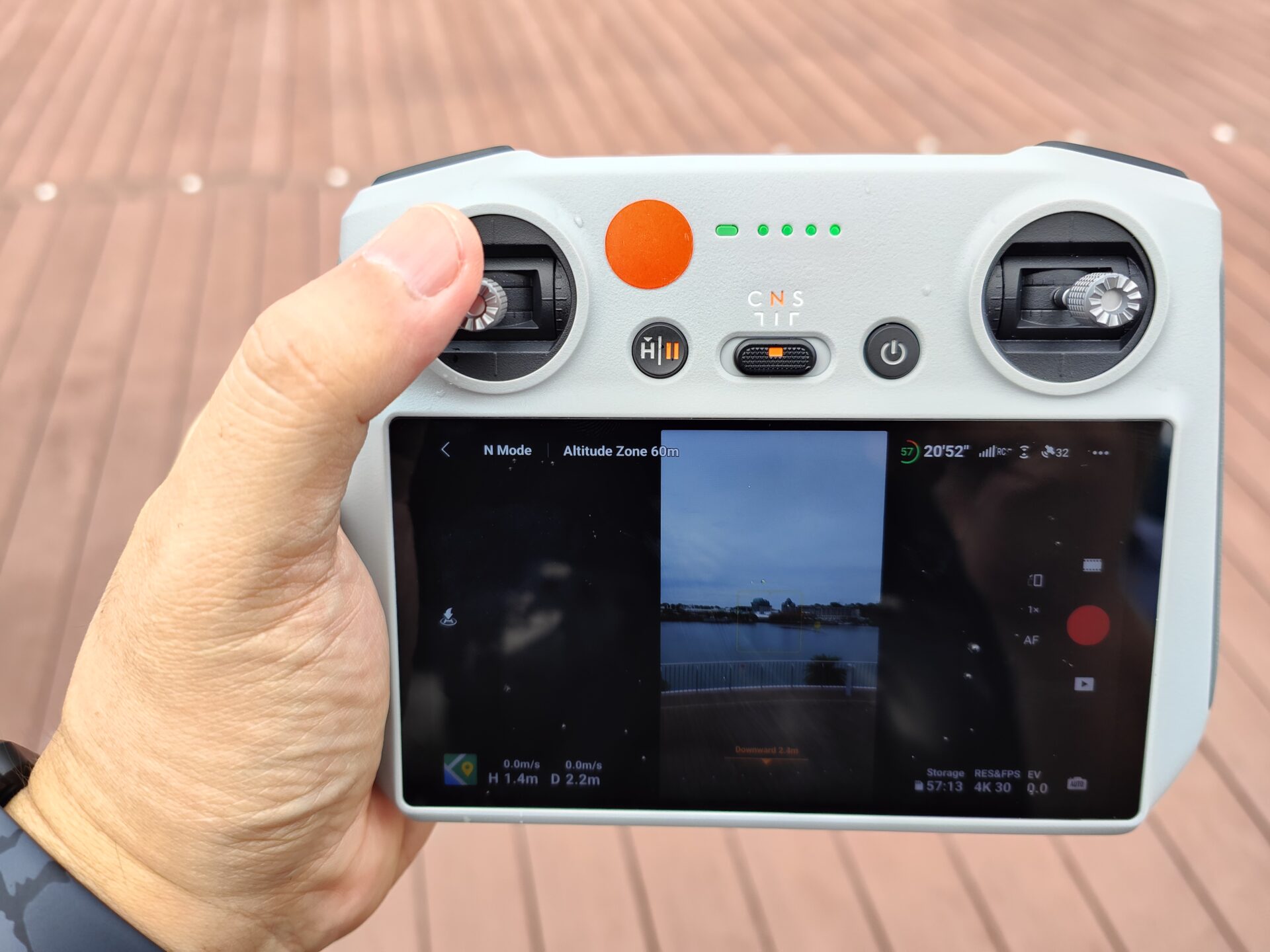
On the flip side, that means an additional step when transferring the photo and video files to my phone to share on social media.
To do that, I have to connect the drone to the smartphone for direct transfer or extract the MicroSD card from the drone and copy the files to a PC or phone.
These new features usually mean the flight time will take a hit. Yet, the new drone will maintain a maximum flight time of 34 minutes, more than the Mini 2’s 31 minutes, according to DJI.
You can also get two more batteries with the S$259 Fly More kit that also comes with two extra sets of propellers, a charger and a bag.
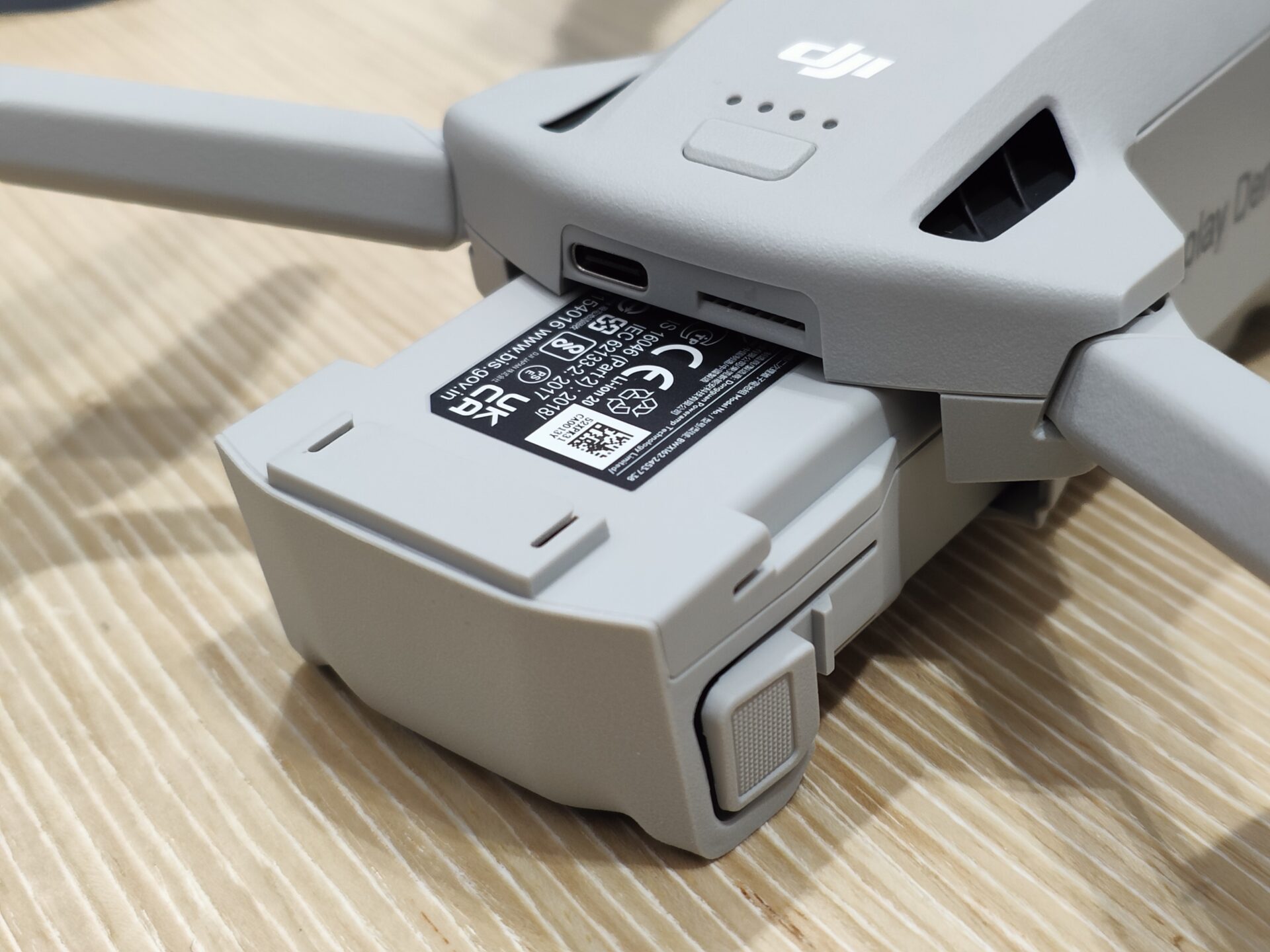
If that is still not enough, you can buy the S$349 Fly More Plus kit that has the same accessories but comes with two extended flight batteries that allow the drone to stay longer in the air, for up to 47 minutes each.
Just be mindful that the heavier batteries will push the drone past the 250g weight threshold and it will need to be registered with the authorities in Singapore.
Like the Mavic 3, the Mini 3 Pro’s Ocusync 3 communication system can maintain a video feed in Full HD between the drone and the controller to a maximum distance of 12km. We should not fly that far, but it will help keep the drone connected in built-up areas.
In terms of positioning, the Mini 3 Pro sits snugly between the DJI Air 2S and the Mini 2. It has the latter’s size but with capabilities that are just shy of the former.
So, it is a drone that advanced users will bring along for their holidays, while keeping the more capable but heavier drones at home.
Singapore prices for the DJI Mini 3 Pro start at S$1,099. The package with the DJI RC controller will go for S$1,349, which is a better deal with the improved controller.
